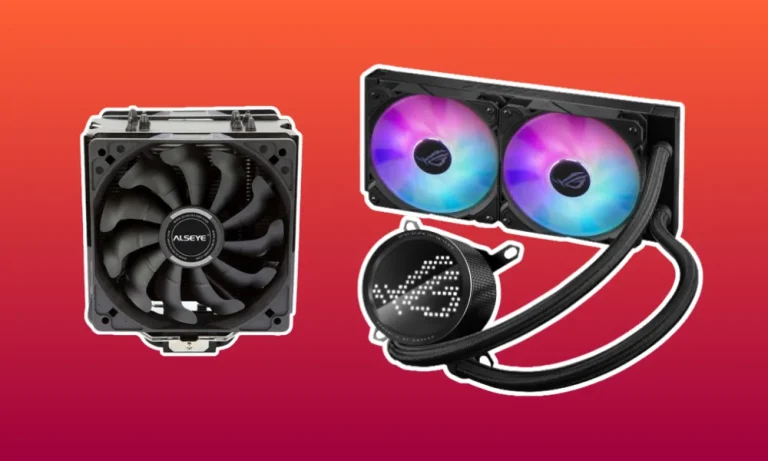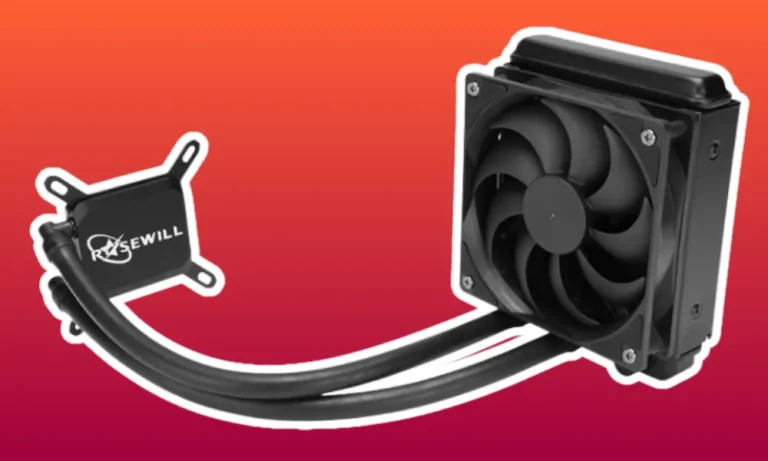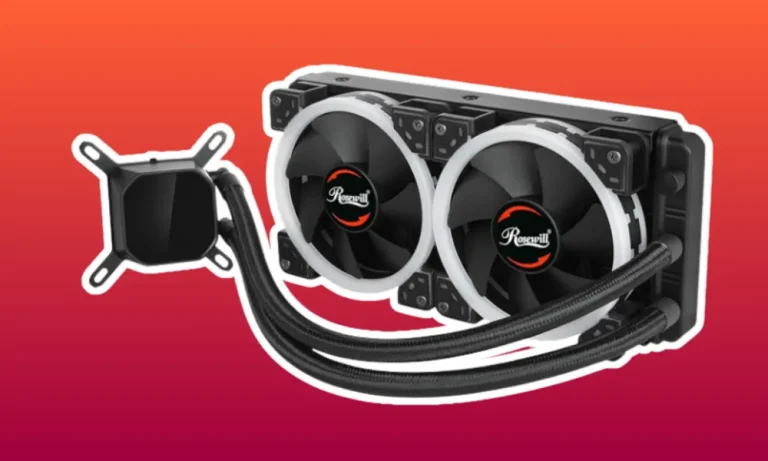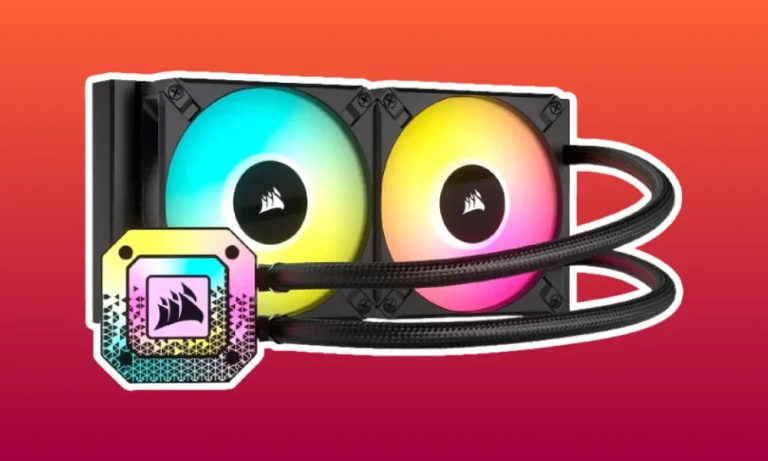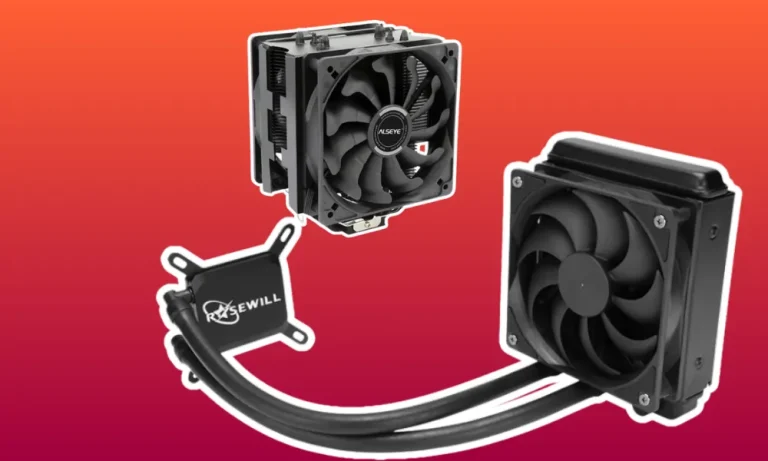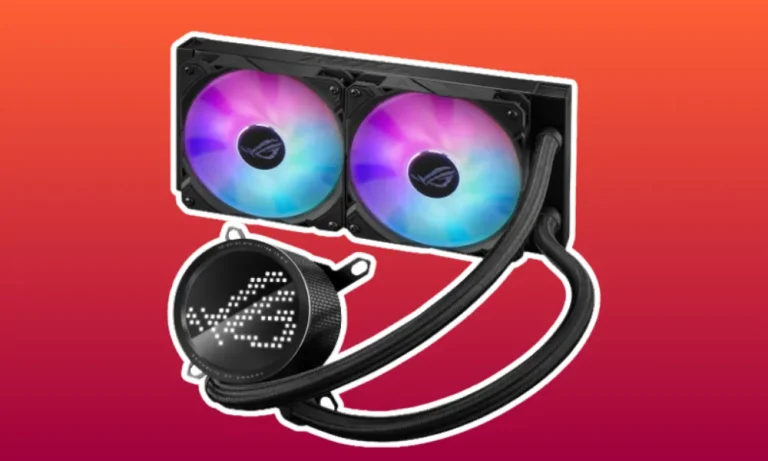How to Fix Your CPU Cooler Won’t Fit the Motherboard?
Is your CPU cooler refusing to fit snugly onto your motherboard? Don’t fret! We’ve got you covered with this step-by-step guide to fix the problem. Whether you’re a novice or a tech enthusiast, we’ll help you troubleshoot and resolve this issue effortlessly. So, let’s dive in and keep your motherboard cool!
Understanding CPU Cooler Compatibility
When it comes to fixing CPU cooler fitment issues, understanding CPU cooler compatibility is crucial. Let’s delve into the world of CPU socket types and their compatibility with coolers.
Different CPU Socket Types
CPU socket types refer to the physical interface on the motherboard that connects the processor to the motherboard. Each socket type is designed for specific processor models.
The most common CPU socket types include:
- Intel LGA (Land Grid Array) sockets, such as LGA 1151, LGA 1200, and LGA 2066.
- AMD AM4 sockets for Ryzen processors.
- AMD TR4 sockets for Threadripper processors.
Compatibility with CPU Coolers
It’s essential to check the CPU cooler’s socket compatibility with your motherboard. If the cooler’s socket doesn’t match the motherboard’s socket, it won’t fit properly.
Why is this significant? Well, if the cooler doesn’t fit, it won’t make proper contact with the processor, leading to inadequate cooling and potential overheating issues. Additionally, incompatible sockets can result in damage to both the cooler and the motherboard.
To ensure compatibility, refer to the motherboard and CPU cooler documentation or the manufacturer’s website. They provide information on which socket types the cooler supports. Cross-reference this information with your motherboard’s socket type to ensure a proper fit.
Identifying the Cause of the Fitment Issue
Having trouble fitting your CPU cooler onto your motherboard? Don’t worry, let’s explore the potential reasons behind this fitment issue and the importance of identifying the specific cause before attempting any fixes.
Understanding Fitment Issues
When your CPU cooler doesn’t fit, it can be frustrating. However, it’s essential to determine the root cause rather than rushing into a solution. Here are a couple of reasons why your cooler might not fit:
- Incorrect Socket Type: The CPU cooler’s socket type must match the motherboard’s socket type. If they don’t align, the cooler won’t fit properly. Ensure you have the correct socket compatibility to avoid any fitment issues.
- Cooler Dimensions: Another factor that can hinder fitment is the cooler’s dimensions. If the cooler is too large for the available space in your computer case, it won’t fit properly. Measure the available space and compare it with the cooler’s dimensions to ensure a proper fit.
The Importance of Identifying the Cause
Before you start troubleshooting or attempting any fixes, it’s crucial to identify the specific cause of the fitment issue. By doing so, you can prevent wasting time and potentially damaging your components.
If the cause is an incorrect socket type, you’ll need to find a compatible CPU cooler or consider upgrading your motherboard. On the other hand, if the cooler’s dimensions are the problem, you may need to choose a smaller cooler or make adjustments to your computer case.
By pinpointing the exact cause, you can make informed decisions and take the appropriate steps to resolve the fitment issue effectively.
Troubleshooting Steps
Encountering fitment issues with your CPU cooler can be frustrating, but fear not! Let’s go through some troubleshooting steps to help you overcome this obstacle.
Researching Motherboard and CPU Cooler Compatibility
To ensure compatibility, research compatible coolers for your specific motherboard model and CPU socket type.
Reliable resources such as the motherboard manufacturer’s website or CPU cooler manufacturer’s documentation provide valuable information on compatible models. Cross-reference the socket type and cooling solution requirements to find the perfect match.
Verifying Cooler Dimensions
Proper clearance is crucial for a well-fitted cooler. Measure the available space inside your computer case to ensure the cooler will fit without obstruction.
Measure the height, width, and depth of the space, considering components like RAM modules and graphics cards.
When measuring the cooler’s dimensions, pay attention to its height, width, and length, ensuring it fits comfortably within the available space.
Double-checking the Socket Compatibility
Locate the CPU socket on your motherboard by referring to its documentation or manufacturer’s website. Verify that the socket type matches the cooler’s specifications.
Cross-reference the socket type mentioned in the cooler’s documentation or manufacturer’s website with your motherboard’s socket type. This step ensures a proper fit and avoids any compatibility issues.
Exploring Alternative Cooling Solutions
If your current cooler is incompatible or doesn’t fit, consider alternative cooling options. Air coolers are cost-effective and easy to install but may occupy more space.
Liquid coolers offer efficient cooling but require more complex installation. Low-profile coolers are suitable for compact cases but may have lower cooling capacity. Choose a cooling solution that meets your needs and fits within your system’s constraints.
Seeking Professional Assistance
If you’re uncertain or uncomfortable performing the fixes yourself, it’s wise to consult computer hardware experts or technicians.
Reputable professionals or computer repair services can provide guidance, advice, and hands-on assistance to resolve the fitment issue effectively.
Preventing Future Fitment Issues
Are you planning to upgrade your computer or build a new one? Don’t let fitment issues dampen your excitement! By following a few simple tips, you can prevent CPU cooler fitment problems during future upgrades or builds.
Conduct Thorough Research
Before purchasing components, it’s essential to conduct thorough research. Spend some time exploring the specifications and compatibility requirements of your chosen CPU cooler and motherboard.
Look for documentation or resources provided by the manufacturers to ensure they are compatible. This step might seem tedious, but it can save you from future headaches.
Measure Compatibility
Measuring compatibility is crucial to prevent fitment issues. Take accurate measurements of the available space inside your computer case and compare them with the dimensions of the CPU cooler you intend to purchase.
Pay attention to the cooler’s height, width, and length, ensuring it will fit comfortably without obstructing other components.
Consider Future Upgrades
When selecting a CPU cooler, it’s wise to consider future upgrades. Will you be adding more RAM modules or a larger graphics card? Anticipating future upgrades can help you choose a cooler that offers ample clearance for these components. By planning ahead, you can avoid compatibility issues down the road.
Seek Expert Advice
If you’re unsure about compatibility or need assistance, don’t hesitate to seek expert advice. Consult with computer hardware experts or knowledgeable individuals who can help guide you through the process.
They can provide valuable insights and recommendations based on their experience, ensuring a smoother fitment process.
FAQs: How to Fix Your CPU Cooler Won’t Fit the Motherboard
What should I do if my CPU cooler won’t fit my motherboard?
Double-check the compatibility between the CPU cooler and motherboard to ensure they are a match. If they are not compatible, consider alternative cooling solutions or upgrading your motherboard.
Can I modify the CPU cooler or motherboard to make them fit?
It is generally not recommended to modify the CPU cooler or motherboard as it can void warranties and potentially damage the components. It is best to find a compatible solution instead.
Are there alternative cooling solutions if my CPU cooler doesn’t fit?
Yes, there are alternative cooling solutions available such as low-profile coolers, all-in-one liquid coolers, or compact air coolers that are designed to fit in smaller spaces.
How do I determine if a CPU cooler is compatible with my motherboard’s socket?
Check the manufacturer’s specifications for both the CPU cooler and motherboard. Ensure that the socket types align and any other compatibility requirements, such as TDP (thermal design power), are met.
What should I do if I’m unsure about compatibility or need assistance?
Seek expert advice from computer hardware professionals or consult online communities dedicated to PC building. They can provide guidance, recommend compatible components, and help troubleshoot fitment issues.
Conclusion
Encountering a situation where your CPU cooler won’t fit the motherboard can be frustrating. However, by following the troubleshooting steps mentioned earlier, you can overcome this issue.
Remember to double-check the compatibility, consider alternative cooling solutions, and seek expert advice if needed. With a little perseverance and resourcefulness, you’ll have your CPU cooler fitting perfectly in no time!

